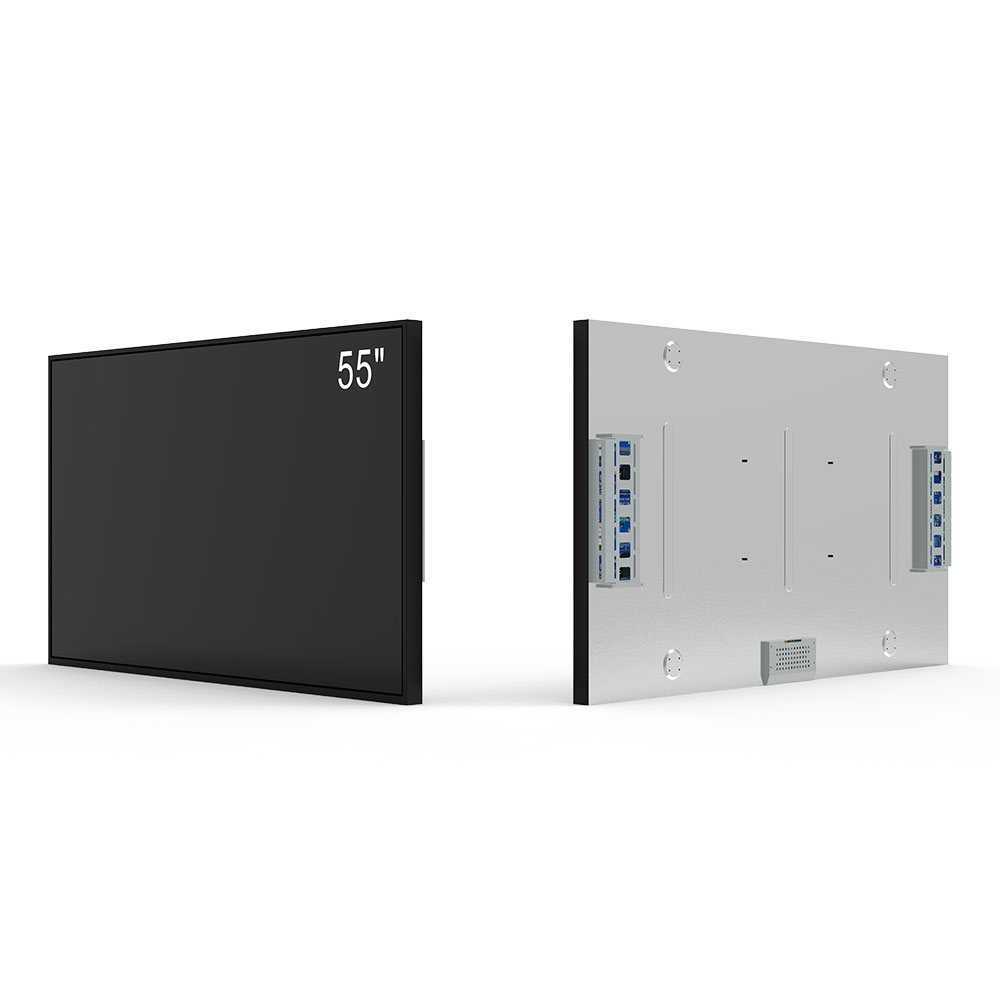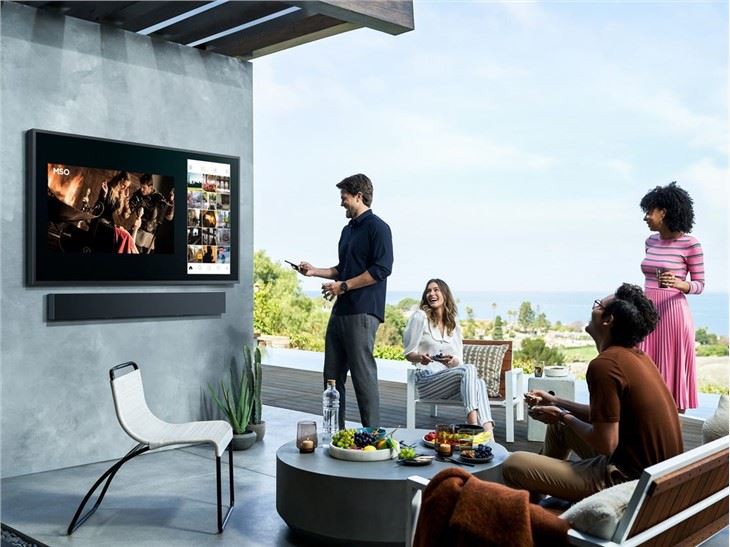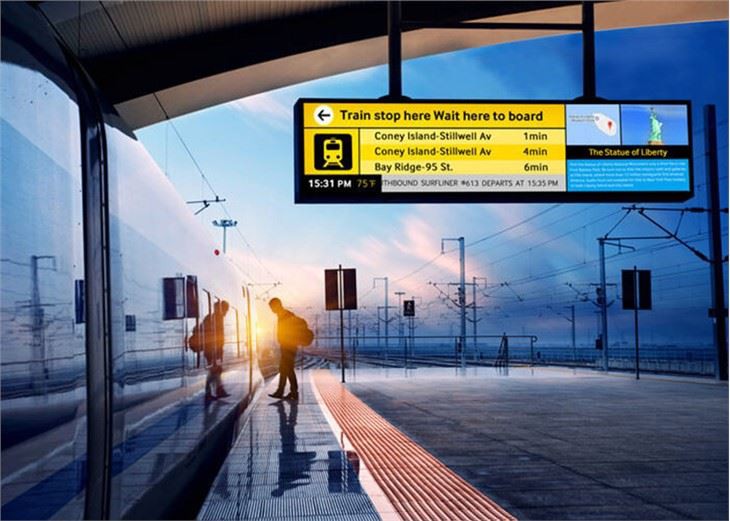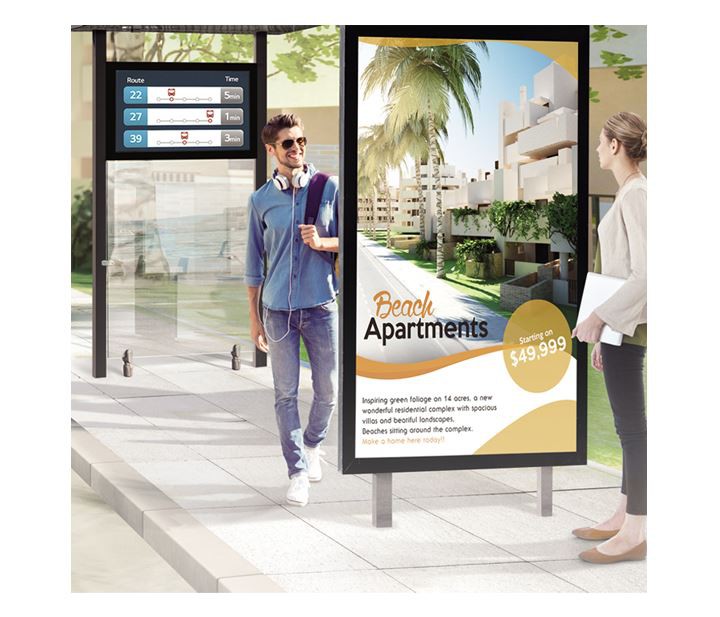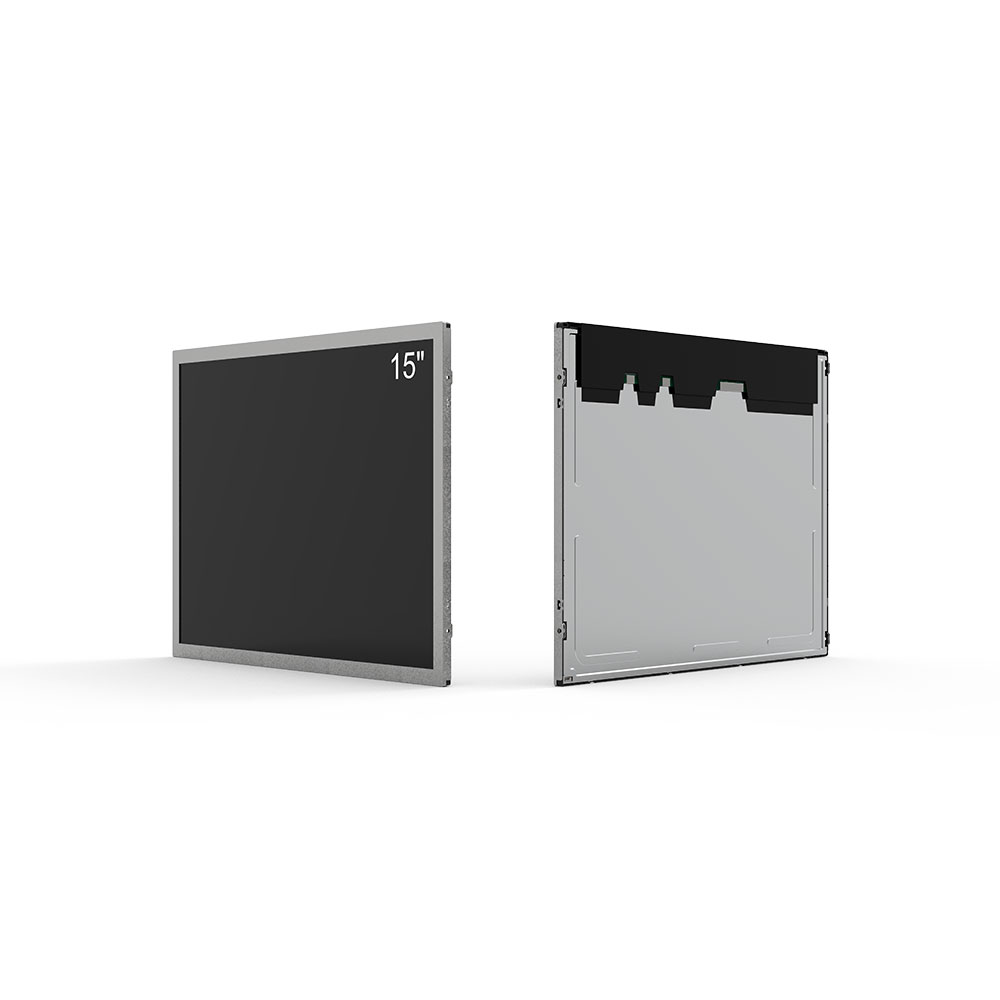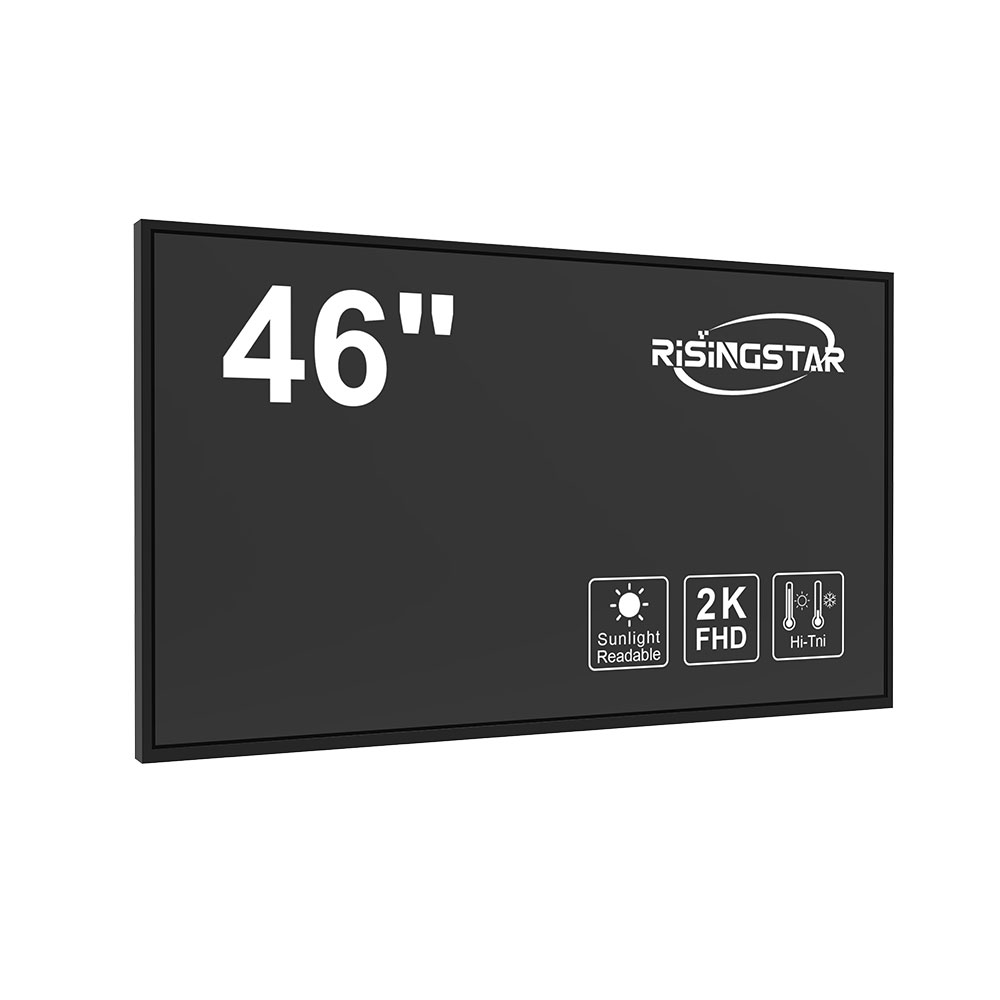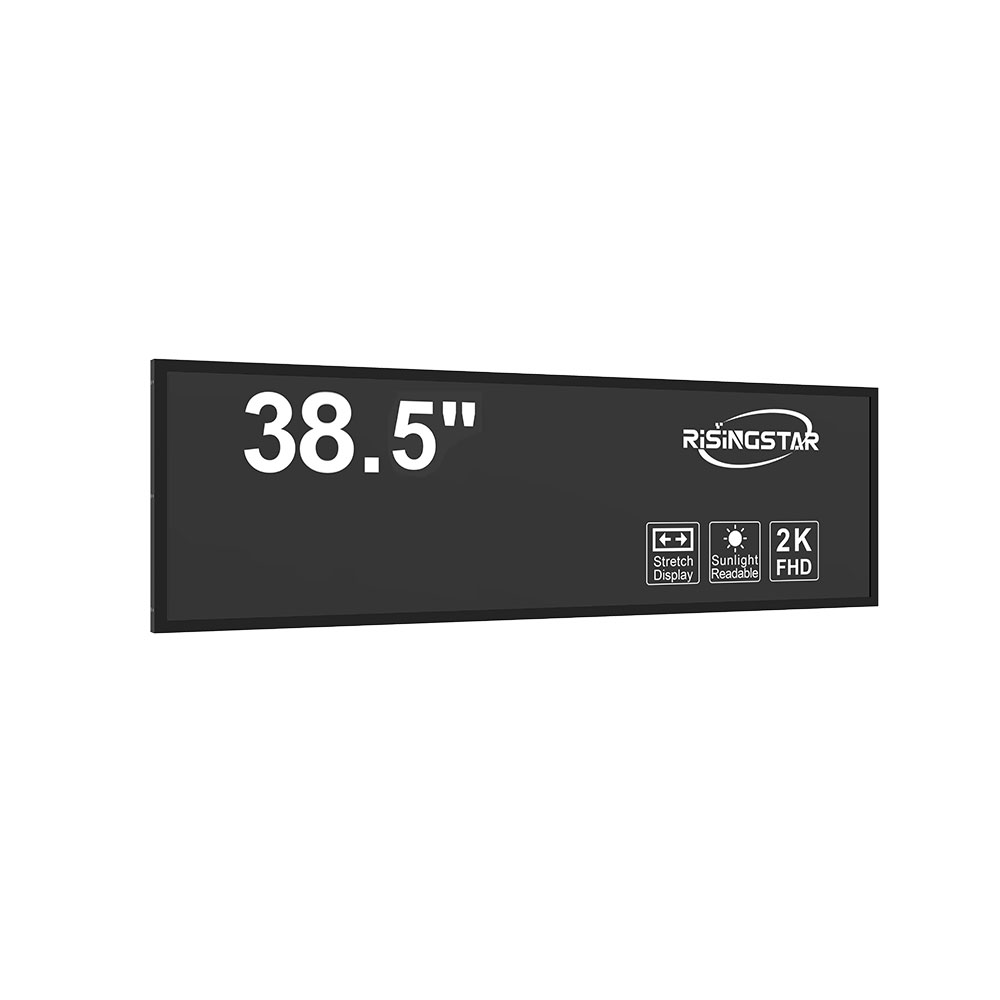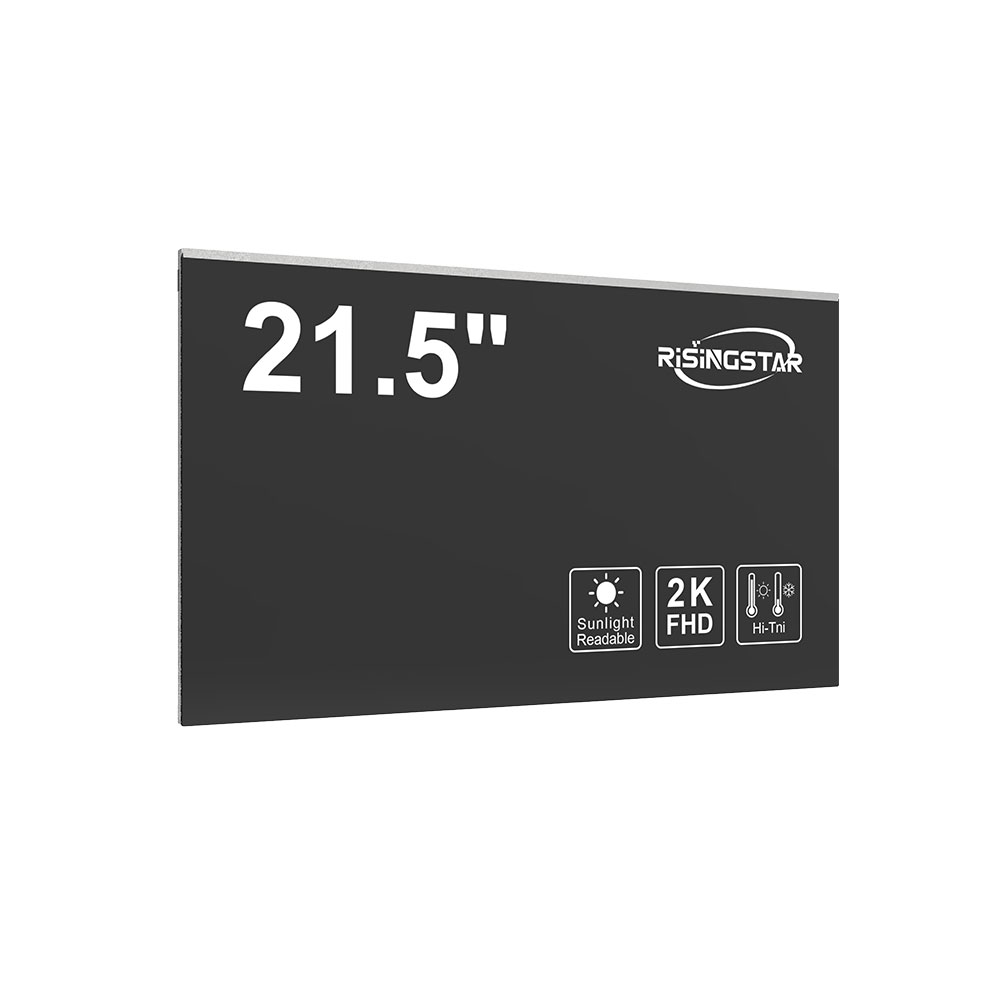В современных городских транзитных системах надежная информация о пассажирах в режиме реального времени имеет важное значение для эффективной мобильности, безопасности и удовлетворенности пользователей. Одной из самых важных технологий, поддерживающих эту потребность, является наружный ЖК-дисплей информации о пассажирах высокой яркости (PID). Эти цифровые дисплеи обеспечивают динамическое обновление расписаний, сервисных оповещений, аварийных уведомлений и прибытий в режиме реального времени, что делает их незаменимыми в аэропортах, вокзалах, автовокзалах и сетях метро по всему миру.
Основной функцией PID является предоставление четкой, разборчивой и своевременной информации пассажирам независимо от условий окружающей среды. Это требует передовых технологий подсветки и высоких уровней яркости-обычно от 5000 до 10000 нит или более-для обеспечения видимости под прямыми солнечными лучами. По данным Международной электротехнической комиссии (IEC), наружные ЖК-дисплеи должны соответствовать определенным стандартам яркости, контрастности и точности цвета, чтобы оставаться функциональными в экстремальных погодных условиях. Например, многие европейские железнодорожные операторы теперь предписали минимальную яркость 7000 нит для всех открытых экранов, установленных на платформах, в соответствии со стандартами EN 50121-3-2.
Современные PID часто используют ЖК-панели со светодиодной подсветкой с широкими углами обзора (178 °) и дисплеи с высоким разрешением (HD или 4K UHD) для улучшения читаемости с разных углов и расстояний. Кроме того, они построены с IP65 или более высокими показателями защиты от проникновения, что означает, что они пыленепроницаемы и устойчивы к водяным струям, что критически важно для длительной работы в условиях дождя, снега или высокой влажности. Тематические исследования в таких городах, как Сингапур и Токио, показывают, что эти прочные экраны снижают затраты на техническое обслуживание до 40% по сравнению с традиционными вывесками или ЖК-панелями с более низкими характеристиками.
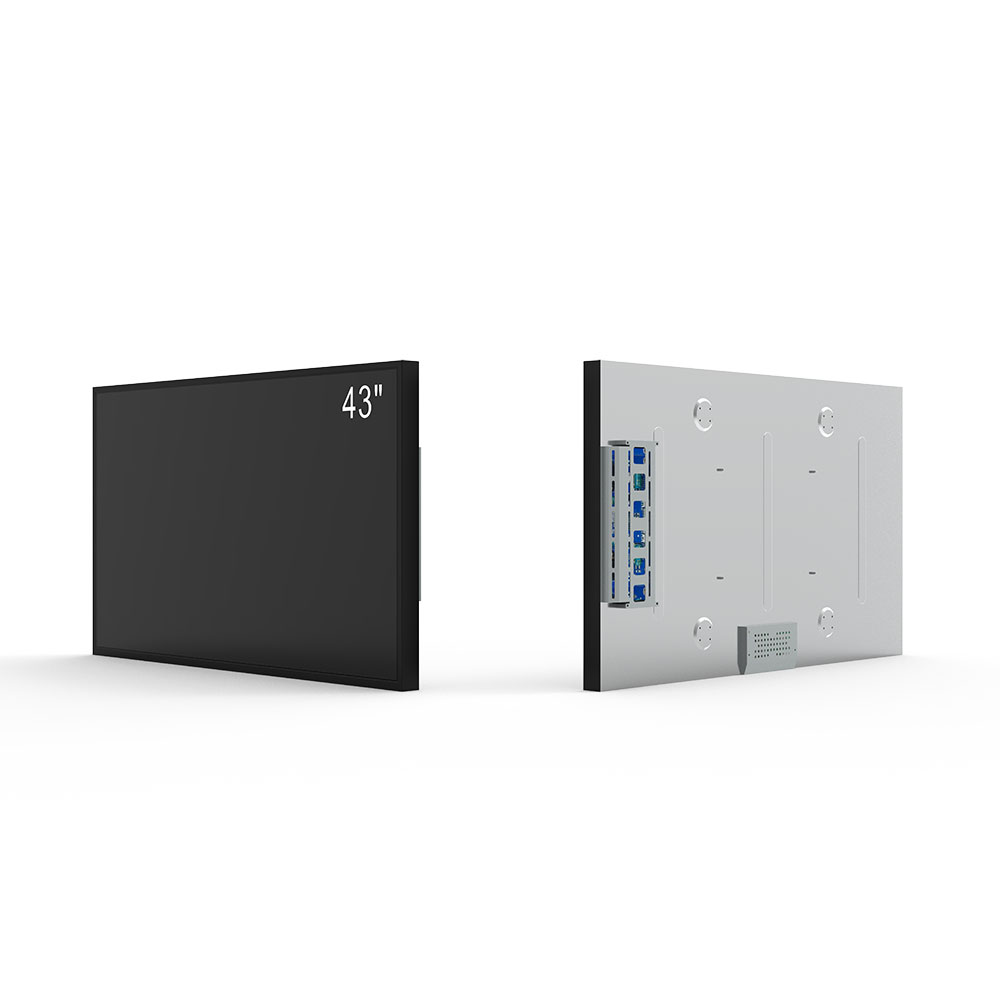
Другим ключевым достижением является интеграция с источниками данных в реальном времени, такими как GPS-трекинг, системы AFC (Automatic Fare Collection) и облачные бэкенд-платформы. В лондонской сети Transport for London (TfL) более 12 000 наружных PID теперь автоматически синхронизируются с данными поездов в реальном времени, что позволяет динамически обновлять данные в течение нескольких секунд после изменения расписания. Этот уровень автоматизации не только повышает эффективность работы, но и повышает доверие пассажиров за счет прозрачности-фактор, показанный в исследовании 2023 года Калифорнийского университета в Беркли, в котором было установлено, что 87% пользователей оценили транзитные услуги выше, когда информация в реальном времени была доступна через цифровые экраны.
Безопасность является еще одним важным аспектом. Наружные PID должны быть спроектированы таким образом, чтобы противостоять вандализму, вмешательству и несанкционированному доступу. Многие системы включают противоугонные корпуса, винты с защитой от несанкционированного доступа и удаленную диагностику, которые предупреждают операторов о физических или программных аномалиях. Например, развертывание Helsinki Metro включает в себя модули камер с датчиком движения, интегрированные в рамки PID для предотвращения граффити и краж-инновация, которая в настоящее время внедряется другими северными транзитными властями.
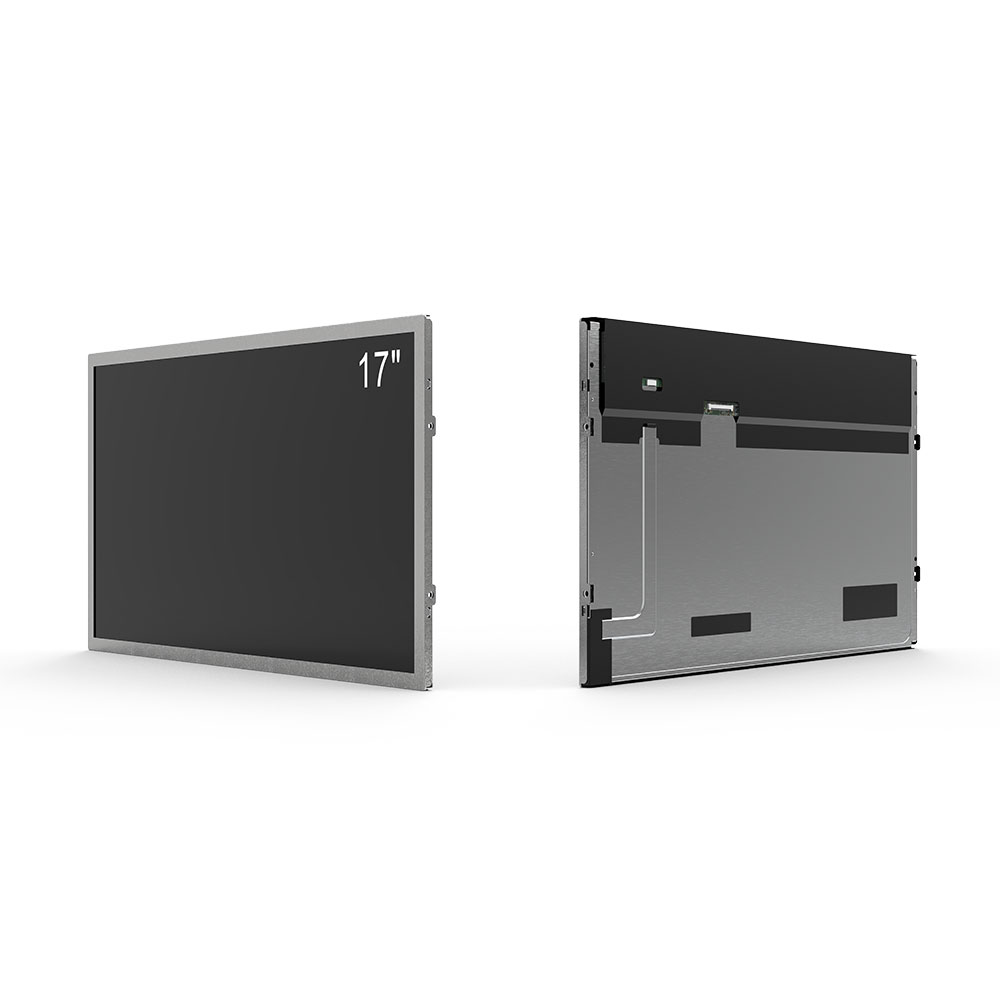
Кроме того, энергоэффективность и устойчивость становятся центральными в проектировании ПИД. Ведущие производители теперь предлагают модели с адаптивной регулировкой яркости, которая регулирует яркость экрана на основе датчиков внешней освещенности. Это снижает энергопотребление до 30%, что соответствует глобальным экологическим инициативам, таким как Green Deal ЕС и стандарты управления энергопотреблением ISO 50001. В Лос-Анджелесе, где Metro модернизировала свой парк PID с использованием энергоэффективных светодиодов, ежегодная экономия электроэнергии достигла 120 000 долларов на 500 установках.
Наконец, доступность остается главным приоритетом. Современные PID соответствуют рекомендациям ADA (Американцы с Законом об инвалидах), включая звуковые объявления, тактильные кнопки и многоязычную текстовую поддержку. Некоторые системы даже интегрируют распознавание лиц или сканирование QR-кода для персонализированных сообщений, хотя гарантии конфиденциальности имеют важное значение, как подчеркивается требованиями соответствия GDPR в Европе.
В заключение, на открытом воздухе дисплеи информации о пассажирах ЛКД высоко-яркости представляют сходимость жизнестойкости оборудования, разума программного обеспечения, и ориентированного на потребителя дизайна. По мере того, как инициативы «умных городов» ускоряются во всем мире-от плана «Умный город» Дубая до Сеульской цифровой двойной транзитной сети-эти системы будут продолжать развиваться, чтобы стать более отзывчивыми, устойчивыми и инклюзивными. Для транзитных агентств, стремящихся улучшить качество обслуживания, инвестирование в PID следующего поколения больше не является необязательным-это стратегический императив.
